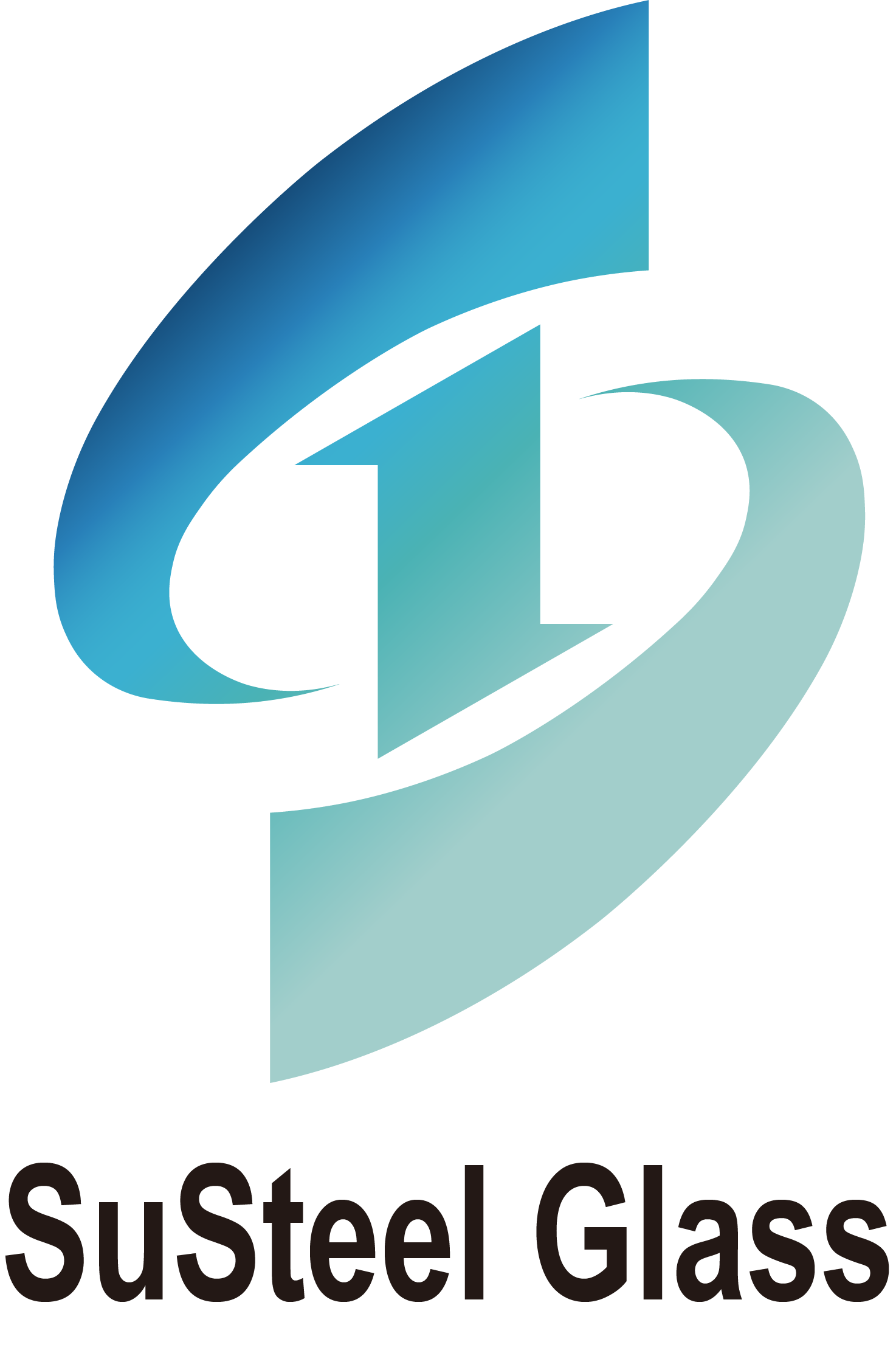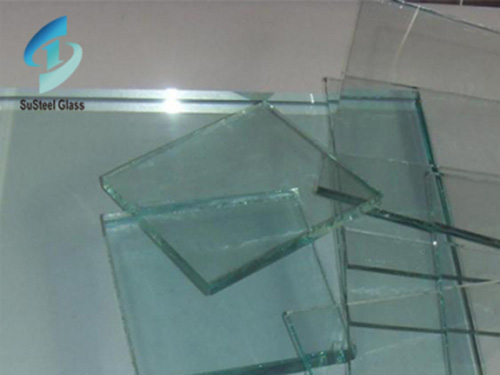
The anti-reflective glass was made by using the principle of optical thin film interference. The nano-optical multilayer film with certain film structure was plated on the glass substrate by vertical vacuum magnetron sputtering method. In the outdoor strong light irradiation of high penetration, no reflection, anti-glare, greatly improve the contrast and clarity of the flat panel display in the strong light environment, while partially improve the brightness of the display, with high-definition eye moistening function.
Anti-reflective glass properties:
1. Unique broadband anti-reflection effect
So far, anti-reflection films have been used in eyeglass and special optical lenses. But such multilayer coated anti-reflection films are not suitable for solar collectors because they are optimized only in the visible spectrum. Besides they are very expensive. Thanks to our process, the transmittance of coated glass can be fully enhanced in the wide band range of 380-2500nm.
2. Excellent high wear resistance
In the test, a piece of felt with a heavy load is rubbed back and forth across the layer. When the test weight was 400 grams, no layer damage was observed after 100 strokes. Even at the test weight of 1000 grams, the layer of anti-reflective glass remained free of scratches.
3. Long outdoor life and chemical stability
The anti-reflection film produced by our process uses nano-silicon oxide material, which has the same chemical composition as the glass itself. This inorganic material can withstand a variety of harsh outdoor conditions such as hot and cold, wet, ultraviolet aging. At the same time, the chemical stability of silicon oxide prevents it from reacting with organic matter such as EVA.
4. The greater the incidence angle, the better the energy gain effect
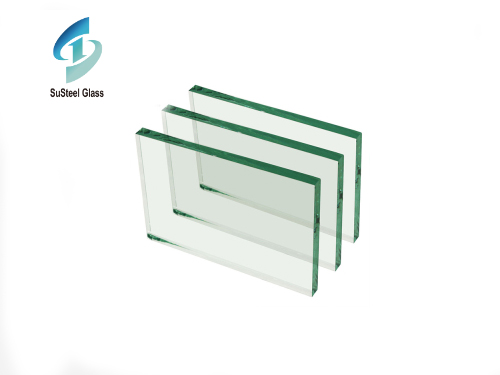 High Purity Tin Ingot: Essential Uses and Key Advantages
High Purity Tin Ingot: Essential Uses and Key Advantages
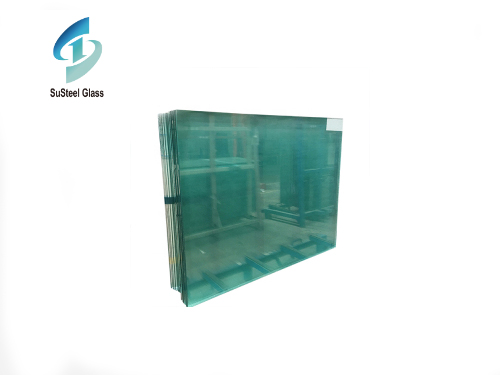 Burglar-Resistant Glass: Enhancing Security and Peace of Mind
Burglar-Resistant Glass: Enhancing Security and Peace of Mind
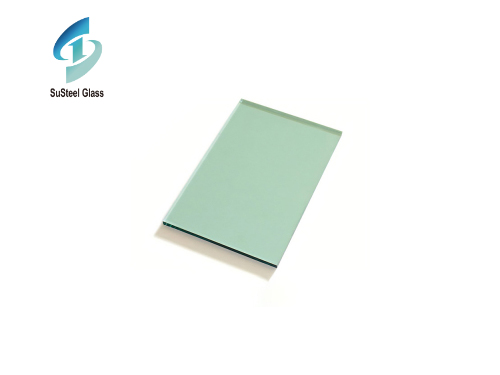 Exploring the World of Green Tinted Glass Products: Versatility and Sustainability
Exploring the World of Green Tinted Glass Products: Versatility and Sustainability

